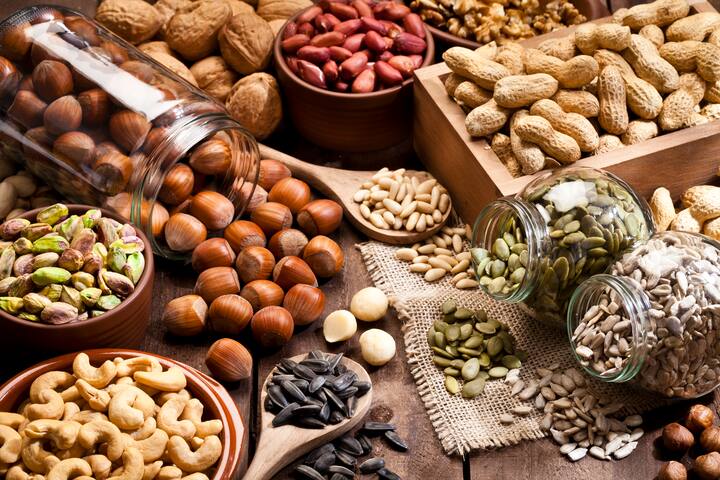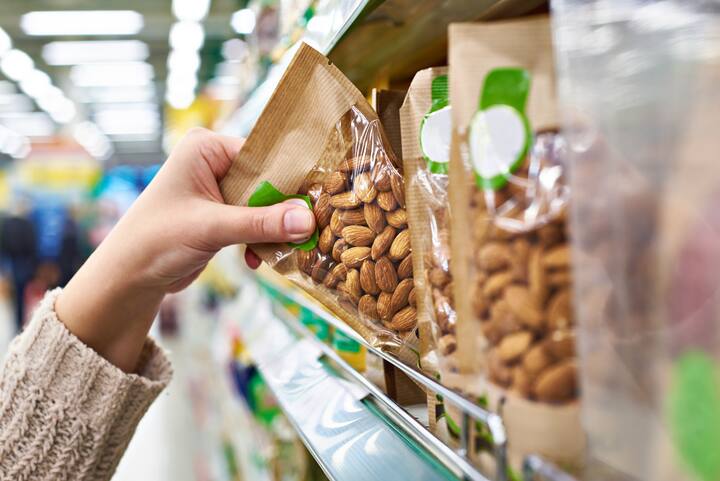
New Allergen Policy in the Netherlands: from 14 to 24 allergens?
19 May 2025
New Allergen Policy in the Netherlands: from 14 to 24 allergens?
The new allergen policy of the NVWA (Netherlands Food and Consumer Product Safety Authority), which came into effect on 1 January 2024, came as a shock to many companies. In practice, the new policy requires a lot of work. What doesn't help is that two allergens (cereals containing gluten and nuts) seem to have been split. What exactly is going on?
The new allergen policy must be implemented by 1 January 2026. Products placed on the market from that date onwards must comply with the new allergen policy in terms of labelling. For many manufacturers, this means that their entire allergen management policy will have to be reviewed. Information about raw materials must be requested, cleaning procedures must be validated, calculations must be made and labels must be adapted. This is not made any easier by the “splitting” of two allergens: gluten-containing grains and nuts.
Why split?
One in five Dutch people has an allergy, and “splitting” these allergens is very important for allergic consumers. This is because they contain different proteins. As a result, many consumers are allergic to some nuts but not to all nuts. At the Normec Label & Specification department, for example, someone is allergic to hazelnuts and cashews, but not to the other six nuts. This means that they can enjoy a pecan pie despite the fact that it contains nuts. If we did not split the nut group, the range of products that cannot be consumed would be much larger.

Nothing new
However, “splitting” these allergens is not new. In 2017, the EU Commission already made it clear in a communication that the specific gluten-containing cereal and nut type must be listed in the ingredients list. The only difference is that this now also applies to cross-contamination. Until the introduction of the NVWA's new allergen policy, there was no legal basis for cross-contamination labelling (Precautionary Allergen Labelling or PAL). Now that this has been permitted by the Ministry of Health, Welfare and Sport (VWS) and has been given legal force, this distinction must also be made in the case of cross-contamination. Essentially, we as an industry have chosen to combine all nuts and grains in the case of cross-contamination, but the VWS now indicates that we must comply with the rules.
Gluten-containing grains
The policy and guidelines published with it refer to a reference dose for gluten-containing grains of 5.0 mg with a maximum action limit of 20 mg/kg gluten protein. This maximum action limit of 20 mg/kg gluten protein has been added because it is the limit for the gluten-free claim.
As a manufacturer, you must therefore distinguish between these four types of grains in everything you do (raw material specifications, production planning, cleaning, calculations and end product specifications such as labels).
Gluten-containing grains
The policy and guidelines published with it refer to a reference dose for gluten-containing grains of 5.0 mg with a maximum action limit of 20 mg/kg gluten protein. This maximum action limit of 20 mg/kg gluten protein has been added because it is the limit for the gluten-free claim.As a manufacturer, you must therefore distinguish between these four types of grains in everything you do (raw material specifications, production planning, cleaning, calculations and end product specifications such as labels).

Nuts
The reference doses given for the various nuts are per type. This means that, as a producer, you must distinguish between these eight types of nuts in everything you do (raw material specifications, production planning, cleaning, calculations and end product specifications such as labels). Please note that hazelnuts have a different reference dose than most nuts.
Nuts, by type | Reference dose, VWS 2024 (mg allergenic protein) |
|---|---|
Almond | 1,0 |
Hazelnut | 3,0 |
Walnut | 1,0 |
Cashew | 1,0 |
Pecan | 1,0 |
Brazil nut | 1,0 |
Pistachio | 1,0 |
Macadamia nut | 1,0 |
Conclusion
Fourteen allergens are listed in Annex II of Regulation (EU) No 1169/2011. However, the group of cereals containing gluten and nuts contains an exhaustive list of cereals and nuts that are part of this group and must be indicated separately for each specific type. As an industry, we made the decision in the past to combine these when implementing a PAL, but we are now being told to reverse this decision. This means that you must take this into account within your company. The only time you may combine them is if the label must include a PAL for all grains or nuts. In that case, they may be combined in the text. So it should read: “May contain almonds, hazelnuts, walnuts, cashews, pecans and pistachios”, but if it also applies to Brazil nuts and macadamia nuts, it may be “May contain nuts”.
Allergen management white paper
Prepare well
Do you have questions about preparing for the new allergen policy or are you encountering any issues? We are happy to help. Would you like to learn more about allergen management and how you can guarantee the safety of your products? Download our free white paper on allergen management and discover practical tips and insights that you can immediately apply to your business operations. The following topics are covered:
Allergen management over time
The impact of allergens from products and processes
Concrete steps for a successful allergen management system
